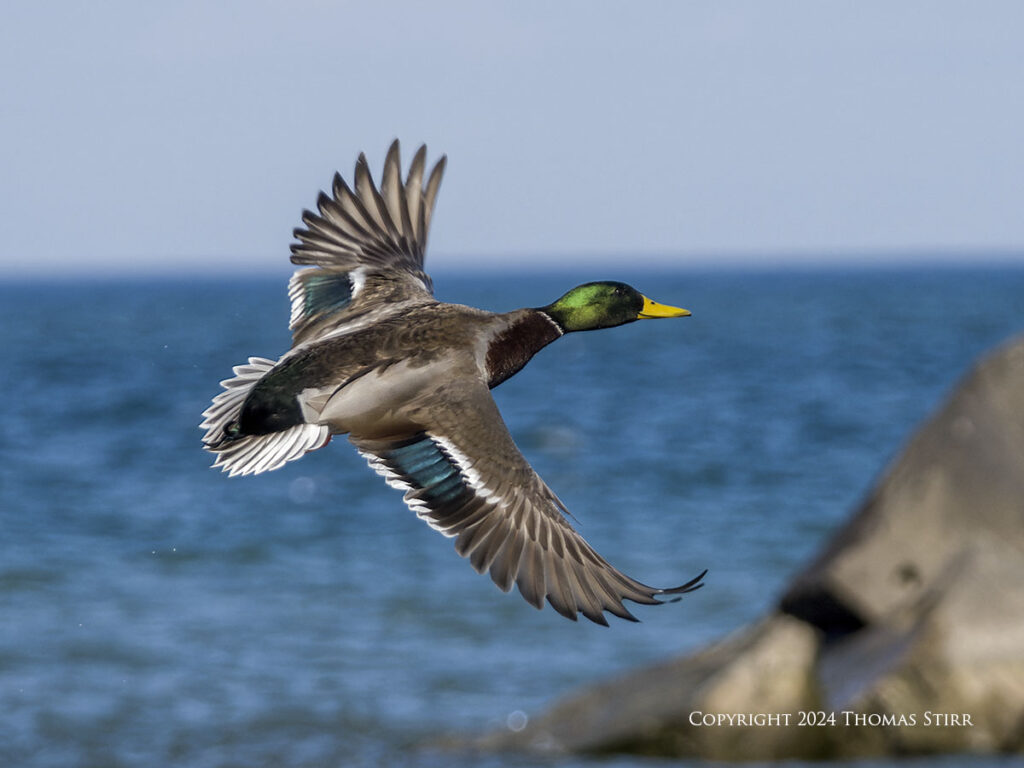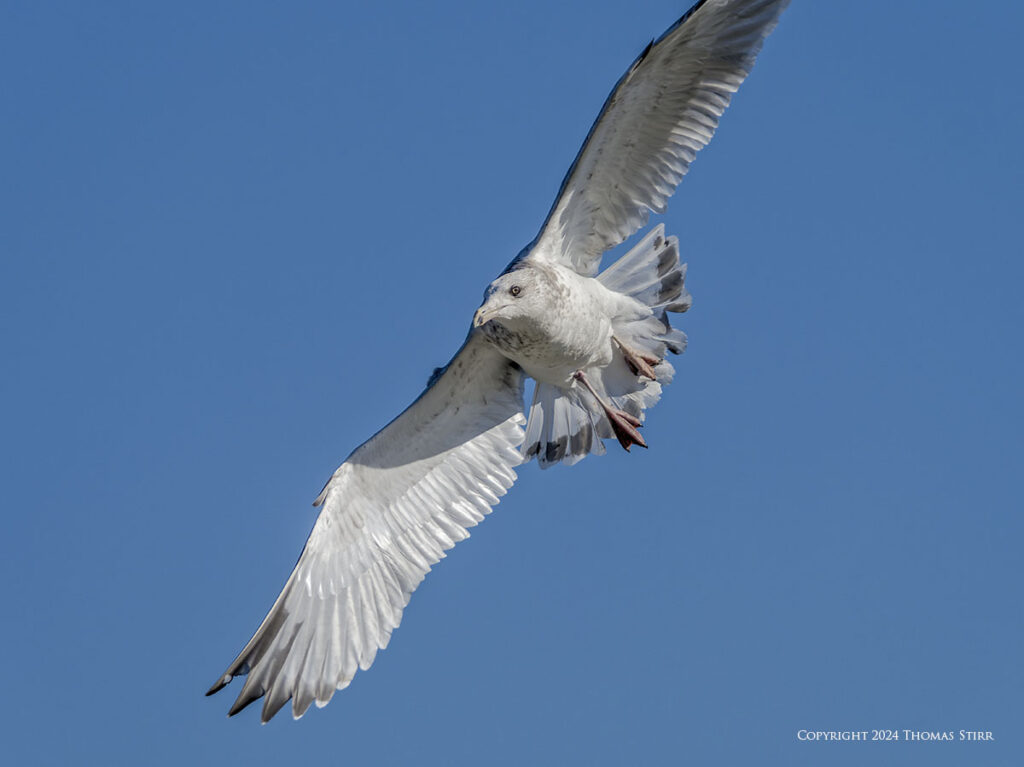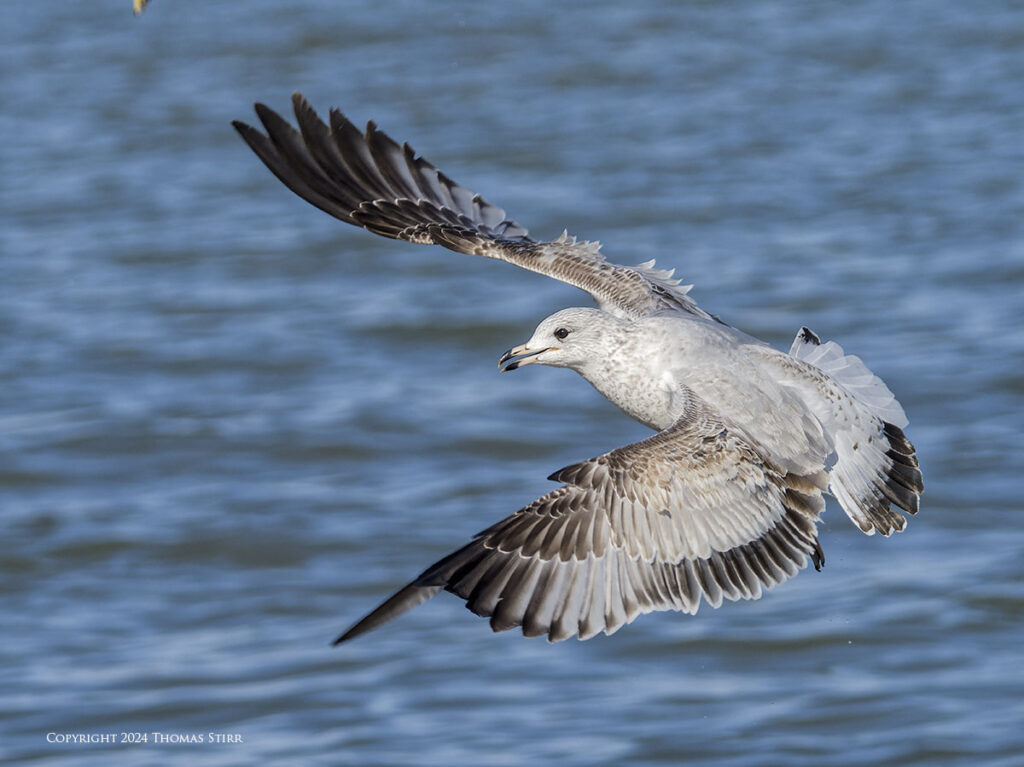I went out today to experiment with a BIF shooting style adjustment so I could evaluate the feasibility of using a heavier lens for my bird photography. Like a number of other Olympus/OM System camera equipment users the new M.Zuiko 150-600mm f/5-6.3 IS super zoom has piqued my interest.
NOTE: Click on images to enlarge.

As discussed in a previous article, there are a number of factors that need to be taken in to account when considering the M.Zuiko 150-600 zoom lens. On the surface, my biggest concern was the weight of the new lens (i.e. 2065 grams, ~4.54 lbs.).

It is easy to rule out a potential enhancement to our photographic craft by overlooking the importance of making a shooting style adjustment to help expand our potential. Often we make decisions based on what is… not what could be… and fail to recognize the need for personal change and growth.

It occurred to me that the weight of the new M.Zuiko 150-600mm f/5-6.3 IS zoom lens was not the real problem. The fundamental issue was whether I could make a shooting style adjustment to better manage the weight of the lens, and thus avoid arm, shoulder and neck fatigue.

Since using a tripod or a monopod are both non-starters for me in terms of being realistic solutions given my aversion to these camera supports, I investigated a number of camera carrying systems. That led me to the Cotton Carrier G3 Harness for 2 Cameras. This system is used by a couple of other photographers I know… and both spoke highly of the product.

After deciding that this was the best solution for my needs, I contacted the folks at Cotton Carrier. They provided me with a review sample. I will be writing a full review on the G3 Harness in the very near future.
At this point I can report that I was out for over three hours today with my birding kit (see the EXIF data) being supported by the G3 Harness for over 90% of the time I was out today. I did not experience any shoulder, neck or back pain at all. It was a refreshing change.

Obviously only adding a camera carrying system to my birding kit would not be enough to deal with a heavy lens like the M.Zuiko 150-600mm f/5-6.3 IS. I had to also make a shooting style adjustment. The objective of which was to minimize the time I would actually have to handhold my birding kit.

After practicing clipping in, and removing, my birding kit to/from the G3 Harness I decided to leave my camera gear fastened to the G3 and only remove it when I was actually going to use it to capture an image. This dramatically reduced the time that I needed to handhold my camera gear. I probably didn’t actually handhold my camera/lens combination today for more than about 15-20 minutes during my 3+ hour visit. The rest of the time It was clipped into the G3 Harness and readily available.

By having my birding kit readily available mounted mid-chest on the G3 Harness, I was able to respond quickly and grab some fleeting image opportunities of a kingfisher doing a fast fly by, and a raptor flying in-between some trees. Having my gear clipped to the G3 Harness allowed me to keep my hands warm inside my jacket pockets while I was observing birds. Since I was hiking hands free I could also better navigate fallen trees and other obstructions.

I purposely left my birding kit clipped into the G3 Harness until the last possible moment before quickly removing it to grab my photographs, so I could gauge my response time. This felt quite strange at first, but it started to become my ‘new normal’ after about 45 minutes of practice. I am quite confident that this shooting style adjustment, in combination with using the Cotton Carrier G3 Harness, would allow me to effectively use a heavier lens like the M.Zuiko 150-600mm f/5-6.3 IS zoom.

Technical Note
Photographs were captured handheld using camera gear noted in the EXIF data. Images were produced from RAW files using my standard process. I used my standard birds-in-flight camera settings for all of the images in this article. I engaged Bird Detection AI Subject Tracking in combination with Pro Capture L. I had my Pre-Shutter Frames set to 20, with my Frame Limiter turned off. I used a C-AF frame rate of 18 fps with a single, small AF point active. This is the 1,357 article published on this website since its original inception in 2015.
How you can help keep this site advertising free
My intent is to keep this photography blog advertising free. If you enjoyed this article and/or my website and would like to support my work, you can purchase an eBook, or make a donation through PayPal. Both are most appreciated.
Sometimes all we need as photographers is a bit of inspiration. We hope you can find some of that inside Finding Visual Expression II.
Finding Visual Expression II is available for download for an investment of $11.99 CDN. The best viewing experience of this eBook will be at 100% using Adobe Acrobat Reader.
You may be interested in all of the 30 concepts covered in both of these related eBooks. If so, you may want to also consider Finding Visual Expression.
Finding Visual Expression is available for download for an investment of $11.99 Cdn. The best viewing experience of this eBook will be at 100% using Adobe Acrobat Reader.
Our other eBooks include Images of Ireland, New Zealand Tip-to-Tip, Nikon 1: The Little Camera That Could, Desert & Mountain Memories, Images of Greece, Nova Scotia Photography Tour, and a business leadership parable… Balancing Eggs.
If you click on the Donate button below you will find that there are three donation options: $7.50, $10.00 and $20.00. All are in Canadian funds. Plus, you can choose a different amount if you want. You can also increase your donation amount to help offset our costs associated with accepting your donation through PayPal. An ongoing, monthly contribution to support our work can also be done through the PayPal Donate button below.
You can make your donation through your PayPal account, or by using a number of credit card options.
Word of mouth is the best form of endorsement. If you like our website please let your friends and associates know about our work. Linking to this site or to specific articles is allowed with proper acknowledgement. Reproducing articles, or any of the images contained in them, on another website or in any social media posting is a Copyright infringement.
Article and images are Copyright 2024 Thomas Stirr. All rights reserved. No use, duplication or adaptation of any kind is allowed without written consent. If you see this article reproduced anywhere else it is an unauthorized and illegal use. Posting comments on offending websites and calling out individuals who steal intellectual property is always appreciated!




Thomas, lovely article.
Can you share any photos taken with the 150-600 please? Most of the ones I saw were with the 100-400.
Hi Amod,
If I had an M.Zuiko 150-600mm in my possession I would gladly share images captured with it.
Tom
My bad. Apologies.
Hoping to find a comparison to help me decide to buy it over the 100-400 which is serving me very well.
Great photos BTW. I have not tried the 1.4TC with the 100-400 yet.
Hi Amod,
No need for any apologies!
The new M.Zuiko 150-600 is only scheduled to ship on February 26 for all of the pre-orders received. I imagine that beginning in early March there will be a lot more information on various websites that may help you with your pending decision.
I’ve also been using the M.Zuiko 100-400 for a few years now, and regularly use it with the MC-14 and have gotten good results with that combination. That lens performs acceptably well even with the MC-20 under good light.
Stay tuned… I’m sure there will be a lot more coverage of the 150-600 forthcoming… as well as some comparisons with the 100-400.
Tom
Good stuff Thomas,
I use the Spider Holster System which puts the weight of two cameras on my hips, and at 70 years young, it works pretty well. As I have blown a lower disc in the ol back, the spider system works the best for me. I will have the 40-150 f2.8 pro on the right and the 100-400 (right now it’s the 300 f4) on the left. I get quick action going from holstered to shooting in a matter of moments. I also use an old Manfrotto monopod which is quite sturdy, and have an Arca Swiss Z mount from my astro kit for quick use that is really tiny if needed mounted on the monopod, and the monopod also acts as a walking stick and protection if needed … heehee. I also always have a good tripod in the car always with me for the long waits for critters to appear out of the forest.
Cheers!
Randy
Hi Randy,
Thanks for sharing information on your set-up and your rationale for same. I often have an additional lens with me, but never for bird photography. Typically I have the M.Zuiko 12-100mm f/4 PRO IS for landscape opportunities as an alternate lens. Since these situations are not time sensitive I just stop and make a lens change with my E-M1X when needed. I may start bringing my wife’s E-M1 Mark III with an appropriate lens attached as a second camera when using the Cotton Carrier G3 Harness.
Unlike you, I never bring a monopod or tripod with me. Since I bought my Olympus kit I’ve not used them at all. Last month I did a photography/video assignment for a friend and shot everything handheld. I guess I still keep a couple of tripods and my monopod just in case I may need them as I age.
My ‘wait for a critter’ choice is a short stool. This has the added benefit of lowering my shooting angle. I use my short stool on a very regular basis so I didn’t want my camera carry support to secure my gear anywhere near my hips or have a camera/lens combo hang down that low. The Cotton Carrier places my gear pretty high up on my chest which is perfect for me when I’m in a sitting position on my short stool.
We all have different needs and choose gear that best suits what we do. Thanks again for sharing your set-up young fella!
Tom
Thank you Thomas 🙂
Mr. Stirr,
Did you mount your gear to the vest by the lens foot or by the camera body? If by the lens foot, didn’t that put the assembly pretty high up on your chest?
Thanks.
Greg
Hi Greg,
I mounted my gear to the vest using the tripod foot. You are correct that using the tripod foot does put the assembly up pretty high on my chest, and that is exactly where I want it. I find that the weight distribution is much better when the gear is mounted up higher. I barely even notice that I’m wearing the vest with a camera/lens locked into it.
I find it is also quicker to remove my gear from the vest and get it up to my eye. The back of my camera body is about 8 inches below my chin when my assembly is in the locked position… so the vest to shooting position distance is very short. This helps my response time when a photographic opportunity presents itself.
Another reason that I attach the vest mounting fitting on the tripod foot rather than the camera body is to eliminate the risk of damaging the lens mount on my camera body.
Tom
Hi, Good luck with the new technique.
For me (an active, non-frail,1.8m, 72 yo, 95 kg, male) the sweet spot is video monopod and gimbal for my OM1 & 300/4 +1.4X + cage (not forgetting the 100-400 & 2x from time to time). A red dot sight completes the setup. I find that the combination gives me the longest time on the bird with the least vibration (OK, let’s call it a slight tremor just for clarity!). At the shutter speeds used it is not a sharpness issue but a framing solution for that problem at the longer focal lengths and smaller birds. It gives smooth pans for birds in flight. Admittedly I’m slightly tempted by that new lens but it would be a bright day lens only I feel. A plain old monopod, even with a ‘monopod’ head, is unusable IMO. I do not ‘hike’ but can walk about on undulating ground for hours with this kit, either over the shoulder, or in the hand.
Interested to see how it goes for you.
Cheers
Peter
Hi Peter,
Thanks for sharing your approach using a monopod for your bird photography. From your comment it is apparent that the set-up works very well for you.
We sold a lot of our camera gear and camera supports in 2022 when we closed our corporate entity. We still have a few camera supports left including a small travel tripod, a carbon fiber tripod with pistol grip, and a monopod so I could move to another approach in the future.
I’ve never used a tripod or monopod for my bird photography, even when I was shooting with a Nikon D800 and a Tamron 150-600mm zoom… but one never knows what the future may hold.
I always find it interesting to learn about what other people use for their photography. As far as the M.Zuiko PRO 300mm IS lens goes I personally wouldn’t give this lens any consideration at all. I generally hate using prime lenses as I find them too restricting. To me, primes are ‘special purpose’ tools that I only use in specific situations. I currently own two primes, the 60mm f.2.8 macro and the 45mm f/1.2 and have no interest in adding any additional ones.
As is often said, ‘to each their own’. I’m glad your set-up is working well for you.
Tom